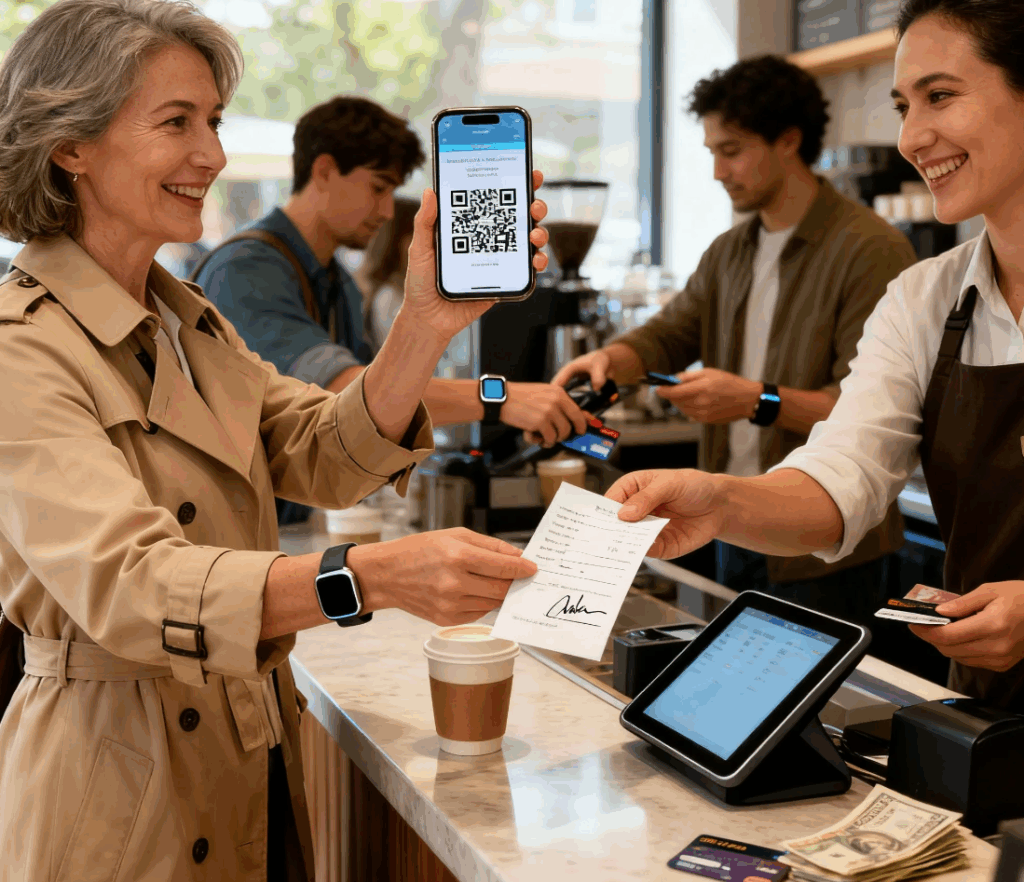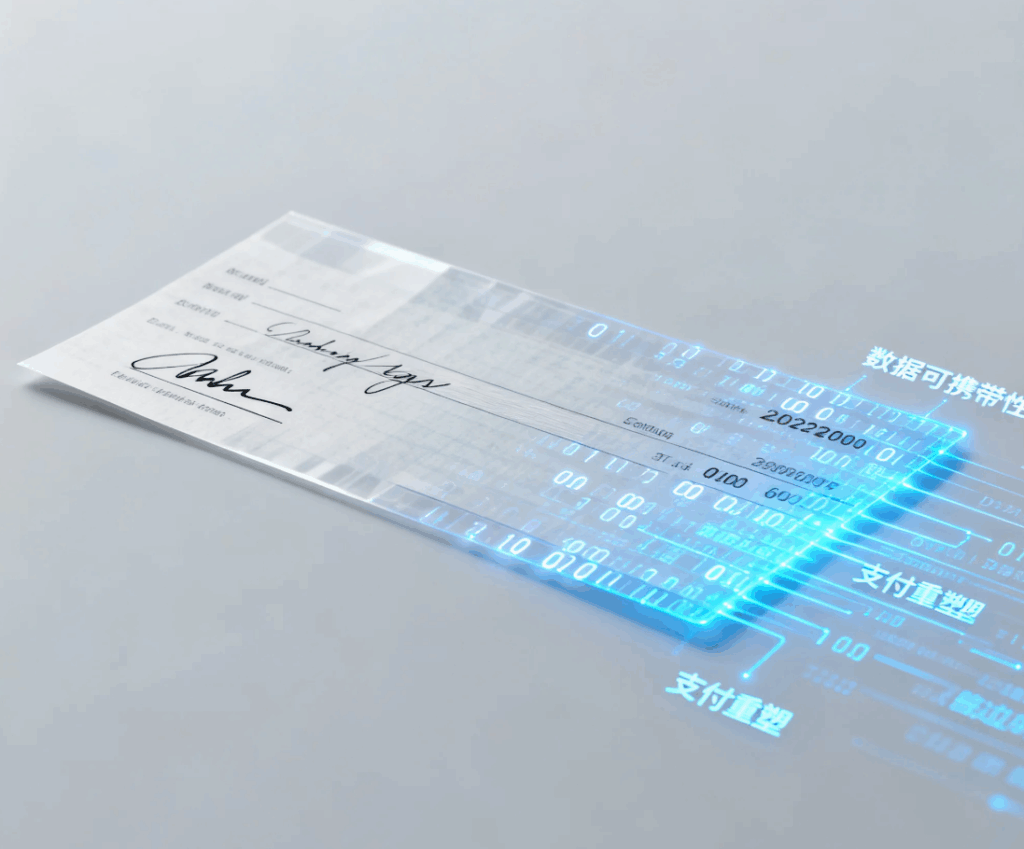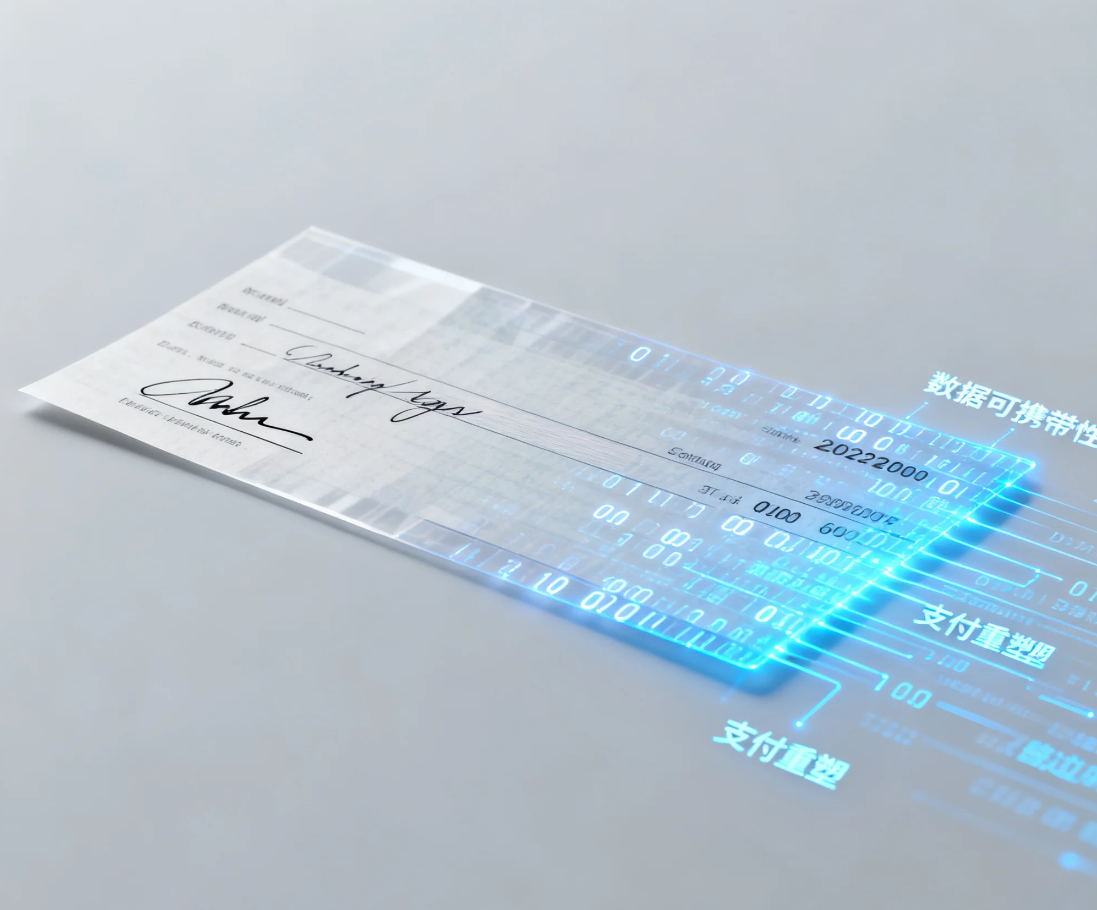More than half of Americans – 54% to be exact – wrote a paper check in 2024, according to a survey by GOBankingRates. Not just individuals, but businesses too. In fact, federal records reveal that Americans processed 3.1 billion checks in 2023, more than the rest of the developed world combined.
But that era is fading fast. In August, the Treasury Department announced it would stop issuing paper checks for most federal payments, including tax refunds, benefits, and vendor disbursements. It was a quiet but unmistakable message: the U.S. government expects payments to be faster, safer, and digital-first.
While debates around digital currency and blockchain tend to dominate headlines, the real revolution is unfolding elsewhere—through the modernization of payment rails and the unlocking of consumer financial data. This isn’t just about technology. It’s about who controls how money moves.

A Personal Glimpse Into the Payment Shift
The paradox struck me during a month of travel. At a nail salon in the U.S., the owner offered me a 10% discount for cash and urged me to tip through an app. Three weeks later in London, I received the same service but couldn’t use cash—or even a card. Payment required a bank transfer, completed in seconds with no middleman.
Two identical experiences, two entirely different systems. Both pointed to the same truth: the traditional payment ecosystem is giving way to something faster and more flexible.
The American Payment Paradox
America is a contradiction. We’ve built the world’s most sophisticated capital markets and exported fintech across the globe, yet a contractor fixing my roof recently asked me to “just drop a check in the mail.”
The issue goes beyond convenience. Between 2018 and 2022, check fraud rose 201%, according to the Financial Crimes Enforcement Network. In 2023 alone, banks flagged nearly 680,000 cases of suspected check fraud. Criminals now routinely target mailboxes and resell stolen checks online. With modern payment systems, this problem simply wouldn’t exist.
Data Portability: The Hidden Catalyst
What makes digital payments truly transformative isn’t just speed or cost—it’s data portability. Open banking protocols shift control of financial information away from institutions and back to consumers.
For consumers, this means choice and protection. For businesses, it means efficiency and competitive edge. Contractors who stick with checks aren’t just inconveniencing customers; they’re exposing themselves to slower payments, higher fraud risk, and clunky manual processes.

Where the U.S. Lags Behind
The U.S. technically has two real-time payment networks—FedNow and The Clearing House’s RTP—but adoption is patchy. Unlike in Europe, banks here aren’t required to join, and fintech firms are blocked from direct access. The result? A fragmented system where instant payments exist in theory but not always in practice.
To fix this, America needs a cohesive modernization plan:
- Finalize open banking rules to guarantee every American the right to access and share financial data.
- Expand direct Federal Reserve access to regulated nonbank firms.
- Push for broad adoption of a unified, real-time payment rail.
Rewriting the Rules of Trust and Commerce
In just a month, I experienced three different payment realities: a U.S. salon that rewarded cash, a London salon that ran exclusively on instant transfers, and American contractors clinging to paper checks. Each system reflects a stage of evolution—but all point in one direction.
With open banking and modern rails, consumers will be free to prioritize speed, cost, or convenience—without sacrificing security. And as data portability matures, the very foundation of payments will shift.
This isn’t just modernization. It’s a rewrite of how trust and commerce work in the digital age.

Leave a Reply